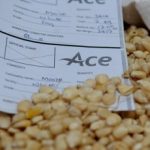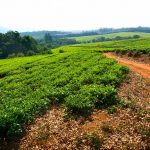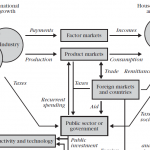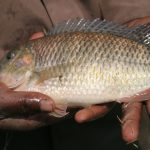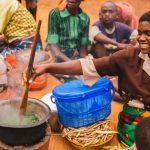IFPRI Malawi Working Paper 35, authored by Jack Thunde and Bob Baulch, examines who uses and who benefits from warehouse receipt systems using unique transaction level data from the Agricultural Commodity Exchange for Africa (ACE) based in Malawi.
Working Paper 34: Beyond the Passbook Relationship
This working paper, authored by Dennis O. Ochieng, examines preferences for contracts among cotton and tea farmers and companies in southern Malawi. The study analyzes the similarities and differences in preferences of farmers and buyers and provides valuable insights that can guide the design of better contract farming arrangements.
Working Paper 32: Patterns of Change in Malawi’s Economy under Sector-Focused Investment Strategies
Malawi’s economic future is dependent upon a transformation of the economy that will involve increased economic productivity overall and considerable movement of labor and capital out of agriculture and into manufacturing and services. A dynamic Computable General Equilibrium model of the economy of Malawi was used to better understand the development gains that would be realized by 2030 through significantly increasing separately the productivity of each of the three sectors of the Malawian economy – agriculture, industry, and services.
Working Paper 31: Consumer Choices and Demand for Tilapia in Urban Malawi: What are the complementarities and trade-offs?
Working Paper 31 is an output of the Bunda Grant Scheme program of IFPRI-Lilongwe. It analyzes consumer choices and demand for two species of tilapia, Lake Malawi Oreochromis (Nyasalapia) spp. (Ny) and Oreochromis shiranus (Os), in unprocessed and processed form, in urban Malawi. The authors use data collected from a sample of 584 urban households in Malawi’s two major cities, Blantyre and Lilongwe.
Working Paper 30: Are Malawian Diets Changing? An assessment of nutrient consumption and dietary patterns
This working paper provides an updated analysis of the dietary patterns of Malawian households and their consumption of select nutrients – calories, protein, iron, vitamin A, zinc, and folate – using data from the third (2010/11) and fourth (2016/17) rounds of the Malawi Integrated Household Survey (IHS).
- « Previous Page
- 1
- 2
- 3
- 4
- 5
- …
- 8
- Next Page »
